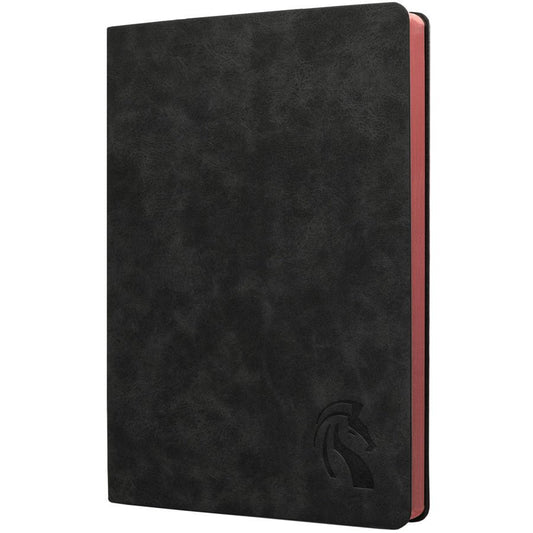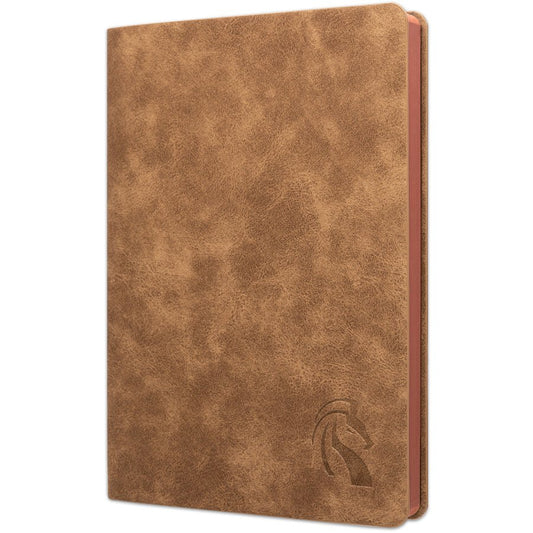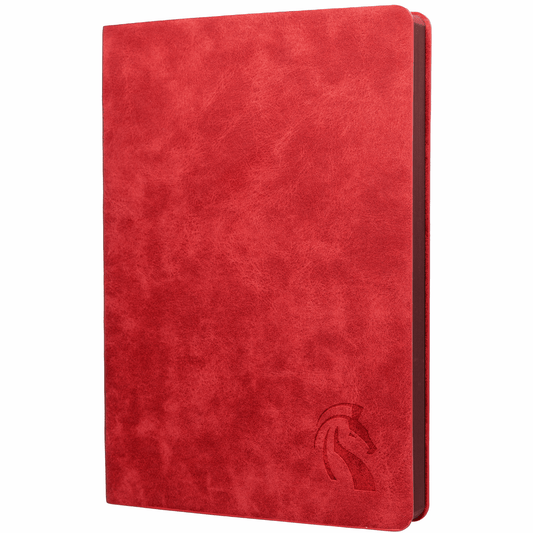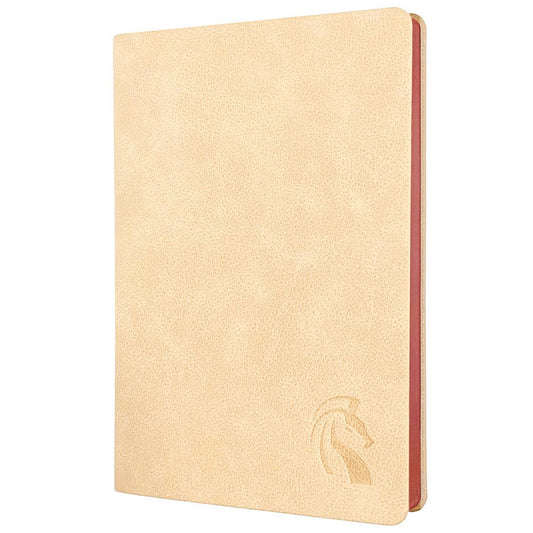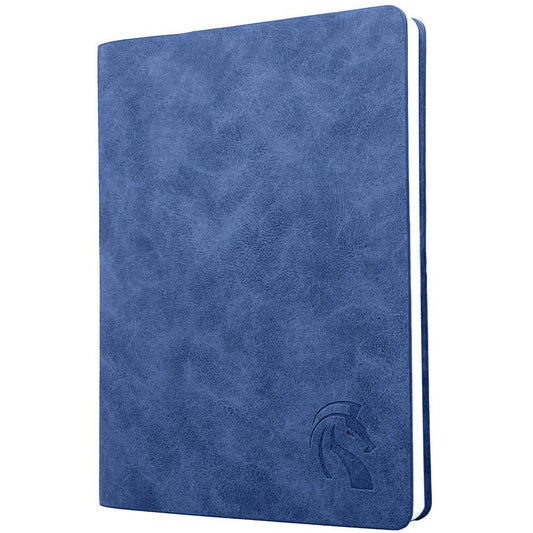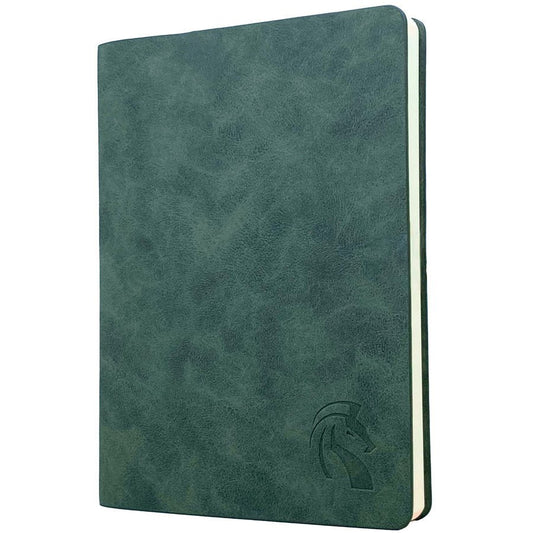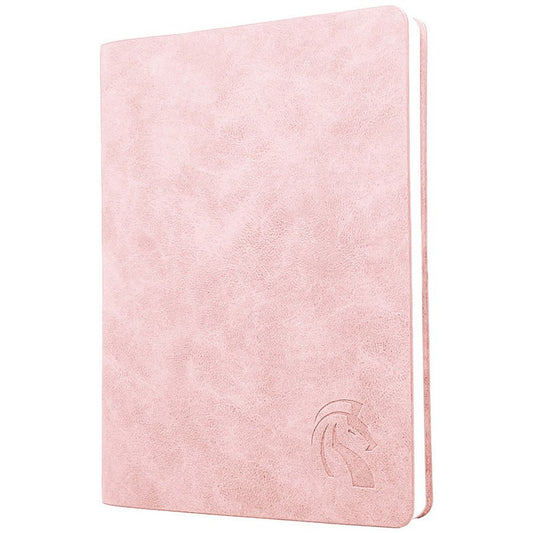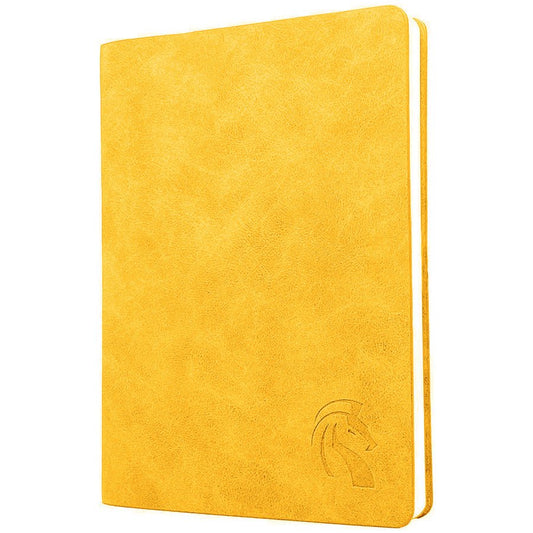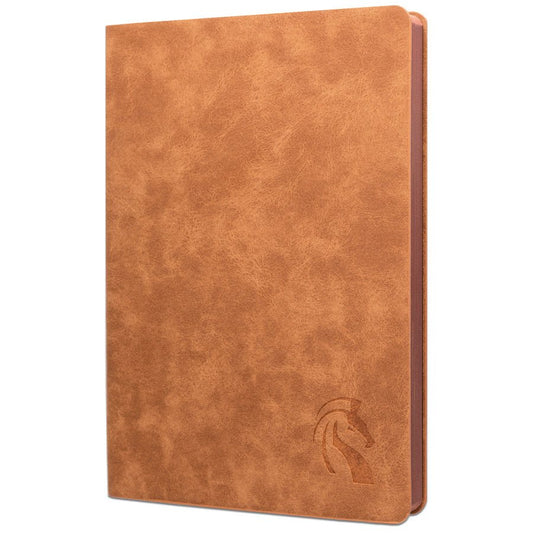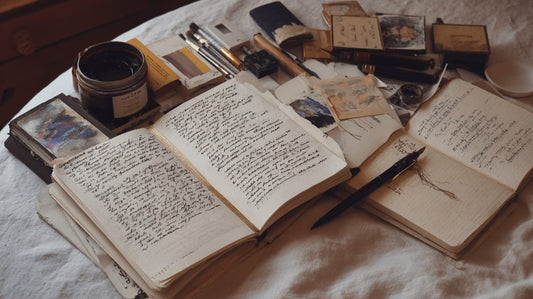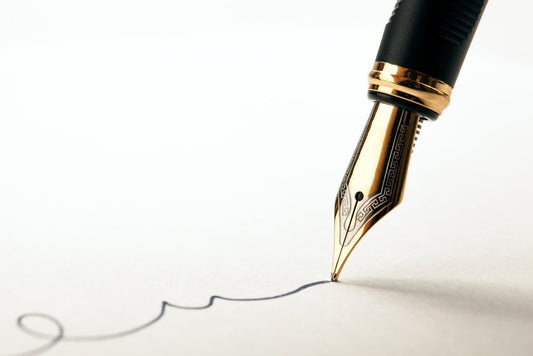
How much of your time do you spend thinking each day during your waking hours? Most likely, at least 99% of the time. But how much of that thinking is productive?
There are two basic types of thinking: productive and unproductive. Productive thinking helps motivate us, reach our goals, and create the life we desire. On the other hand, much of the unproductive thinking we do is actually harmful to our happiness, contentment, and success.
What types of thoughts do you find yourself spending the most time on?
Consider how unproductive these types of thinking are:
1. Thinking about the past in a way that creates regret. This is a common type of negative thinking that has no positive benefits. Remembering that time you embarrassed yourself in high school or had a huge argument with your partner only serves to lower your mood and put you into an unresourceful state.
● The solution is simple. Catch yourself as soon as possible when you’re thinking about the past and redirect your attention to something more positive.
2. Thinking about the future in a way that creates worry. We also tend to look at the future and imagine the worst. We might only look ahead 10 seconds and imagine being rejected by the person we’re approaching. Or we might look ahead further and imagine our yet non-existent business failing.
● The solution: Notice that you’re thinking unproductively and bring your mind back to the present.
3. Daydreaming in a non-directed way. It’s fun to daydream. Who wouldn’t like to imagine spending time with a movie star, being able to fly, or other fanciful thoughts? Most of this type of thinking isn’t productive. It only wastes time.
● Why are you daydreaming? Are you bored? Stressed? Is it just random behavior? Think of better ways to spend your time when you notice that you’re daydreaming.
4. Focusing on problems rather than solutions. Focusing on problems creates stress and fails to address the issue in a useful way. Focusing on solutions puts you in a much more resourceful state and provides a chance for success.
● Notice when you’re focusing on problems and start thinking about possible solutions for them.

These types of productive thinking create tremendous value in our lives:
1. Planning for the future. It’s nearly impossible to be successful by relying on luck and chance. Success for any individual person is unique. It’s very precise. Making plans to craft your future is a great way of using your mental faculties.
2. Learning from the past. Looking at the past can be productive if it’s done with the intention of learning. Each success and failure can be useful for the future.
3. Seeking solutions. Focusing your thoughts on finding solutions for the challenges in your life is a powerful way to use your brain.
4. Looking for potential obstacles and threats. Looking into the future isn’t always a negative action. Looking forward can be useful if you’re identifying and preparing for roadblocks and threats. Then, the trick is to use your brain to find solutions, rather than just worry.
5. Thinking about what you’re doing. Try spending most of your day with your attention focused on whatever you’re doing. You’ll get more done and increase the quality of your work if you pay attention to what you’re doing.
Your brain likes to think. That’s what it was designed to do. It will provide a never-ending supply of thoughts even if you don’t want them. Unfortunately, much of the thinking we do each day is of little benefit. In fact, the majority of it is harmful. We make ourselves feel bad or waste precious time with most of the thinking we do.
Directing your brain to focus on whatever you choose requires a lot of practice, but you’ll get better and better at it the more you practice.
You’ll love the benefits you’ll receive when you are able to spend more time on productive thinking and less time on unproductive thinking! Try it - you’ll like it!

Start Journaling With LeStallion Premium Journals
LeStallion Soft Cover PU Leather Journals inspires and excites you to write more, allow you to further grow and develop, so you may achieve your goals and dreams!
SEE THIS JOURNAL
